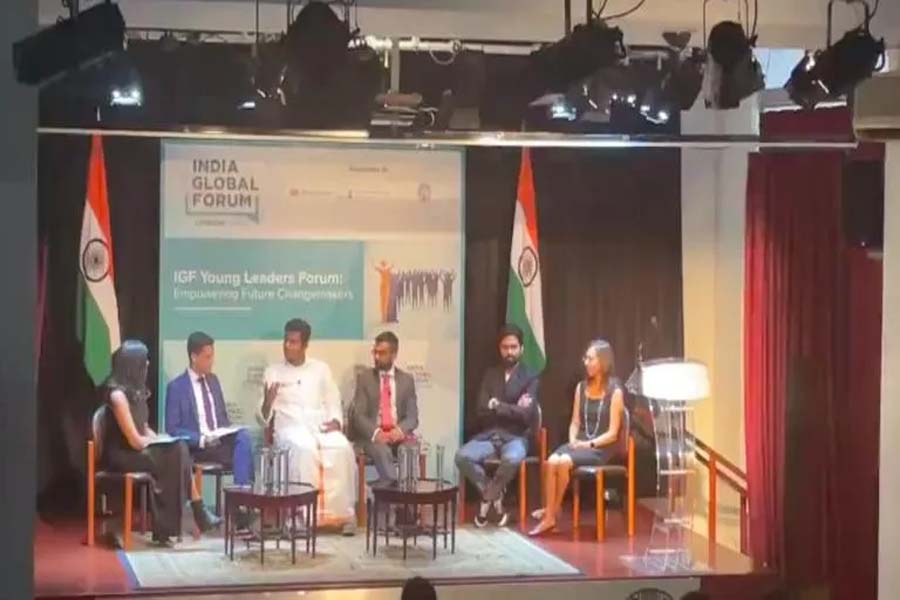Chandrayaan-3, a 40-day journey of hopes and congratulations, will enter the Moon’s orbit on August 5.

Tick-tick-tick-tick…. The countdown was going on in the big clock. It was about half past two in the afternoon. The whole country sat with bated breath. Suddenly every countryman started talking only about Mission Chandrayaan-3. Leaving behind the failure of Chandrayaan-2, the ISRO team was ready to create history again. At exactly 2:35, the LVM3-M4 rocket left with Chandrayaan-3, but the matter was not over yet. The mission had to pass its first test. The moment came about 16 minutes after the rocket took off. The propulsion module was successfully separated from the rocket. As soon as this happened, Somnath’s eyes started shining. Laughing out loud, he did a thumps-up…
Creating history in space, India has successfully launched Chandrayaan-3. During the launching, the eyes of the whole country were on Sriharikota and now Chandrayaan-3 has set out on its journey with everyone’s expectations. This journey of Chandrayaan-3 will be of about 40 days. ISRO scientists say that it will be our endeavor to make a successful soft landing of the moon lander Vikram on the surface of the moon. During Chandrayaan-2, there was a problem in soft landing itself. Although its orbit is still working.
If Vikram Lander successfully lands on the lunar surface, then India will be the fourth country in the world to achieve this feat. Before India, only America, Russia and China have been able to reach this level in space. Senior scientist Narendra Bhandari says that Chandrayaan will land any day in the last week of August. It can be said that after Independence Day, India is going to get a big gift with the success of Chandrayaan-3. Scientists say that this time a lot of care has been taken regarding the lander Vikram, so that soft landing can be done easily. It is estimated that by August 23, the lander Vikram could land on the lunar surface. India’s Mooncraft Vikram will land on the South Pole of the Moon. India started the Chandrayaan mission in 2008.
advantages
Chandrayaan-3 mission has three main objectives. Safe and soft landing on the lunar surface and operation of the rover on the Moon, which will detect chemicals, soil, minerals. Only a few countries have been successful in this type of mission, the success of Chandrayaan-3 will showcase India’s prowess in space research to the world. In addition, the mission will likely be the first to sample lunar ice. It is also believed that the large craters observed at the south pole may hold clues to the structure of earlier solar systems.
Vikram Lander will correct mistakes in 96 milliseconds
Vikram Lander’s engines are more powerful than last time. One of the biggest reasons for the mistakes that happened last time was the camera, which was activated in the last episode, so this time it has also been rectified. During this, the sensors of Vikram Lander will minimize mistakes. Will rectify them immediately. Vikram will have 96 milliseconds to correct these mistakes, so this time more tracking, telemetry and command antennas have been installed in Vikram Lander, which means the possibility of error is negligible.
Lander power, engine and landing site area increased
This time the strength of all four legs of Vikram Lander has been increased. New sensors have been installed. New solar panels have been installed. Last time the area of Chandrayaan-2’s landing site was chosen as 500 meters by 500 metres. ISRO wanted to land the Vikram lander midway, due to which there were some limitations. This time the landing area has been kept at 4 kms & 2.5 kms. That is, Vikram Lander of Chandrayaan-3 can land in such a large area.
Chandrayaan-3 will go into Moon’s orbit on August 5
Chandrayaan-3 Trans Lunar Insertion (TLI) command will be given. Then Chandrayaan-3 will travel on the solar orbit ie long highway. TLI will be completed by 31st July. After this the moon will travel towards the moon for about five and a half days. It will enter the Moon’s outer orbit around August 5. These calculations will be correct only when everything is in normal condition. In case of any technical glitch, this time may increase.
Speed will be slow on August 23, landing will start
Chandrayaan-3 will go into the 100×100 km orbit of the Moon. After this, Vikram Lander and Pragyan Rover will separate from the propulsion module. They will be brought into an elliptical orbit of 100 km & 30 km. On August 23, the deboost command will be given to slow down the speed. After this, Chandrayaan-3 will start landing on the surface of the Moon.
Will choose the place of landing himself Will steam all the dangers himself
He himself will choose the right place for landing. This time the effort will be that Vikram Lander successfully lands in such a large area on its own. This gives him more flexibility. Chandrayaan-2’s orbiter will keep its cameras deployed to monitor this landing. Also, he has helped in finding the landing site this time.
The responsibility of landing Chandrayaan on the moon in the hands of Rocket Woman
Ritu Karidhal is handling the responsibility of this mission of landing Chandrayaan on the moon. Ritu Karidhal, who belongs to Lucknow, the capital of Uttar Pradesh, is known as Rocket Woman of India, given the long experience of working in the field of space, ISRO has made Ritu the mission director of Chandrayaan-3. Prior to this, she has been a part of many big space missions including Chandrayaan-2, the special thing is that Ritu Karidhal is one of the scientists who won ISRO’s Young Scientist Award. Ritu Karidhal was the mission director of Chandrayaan-2. Looking at his experience in 2020
















